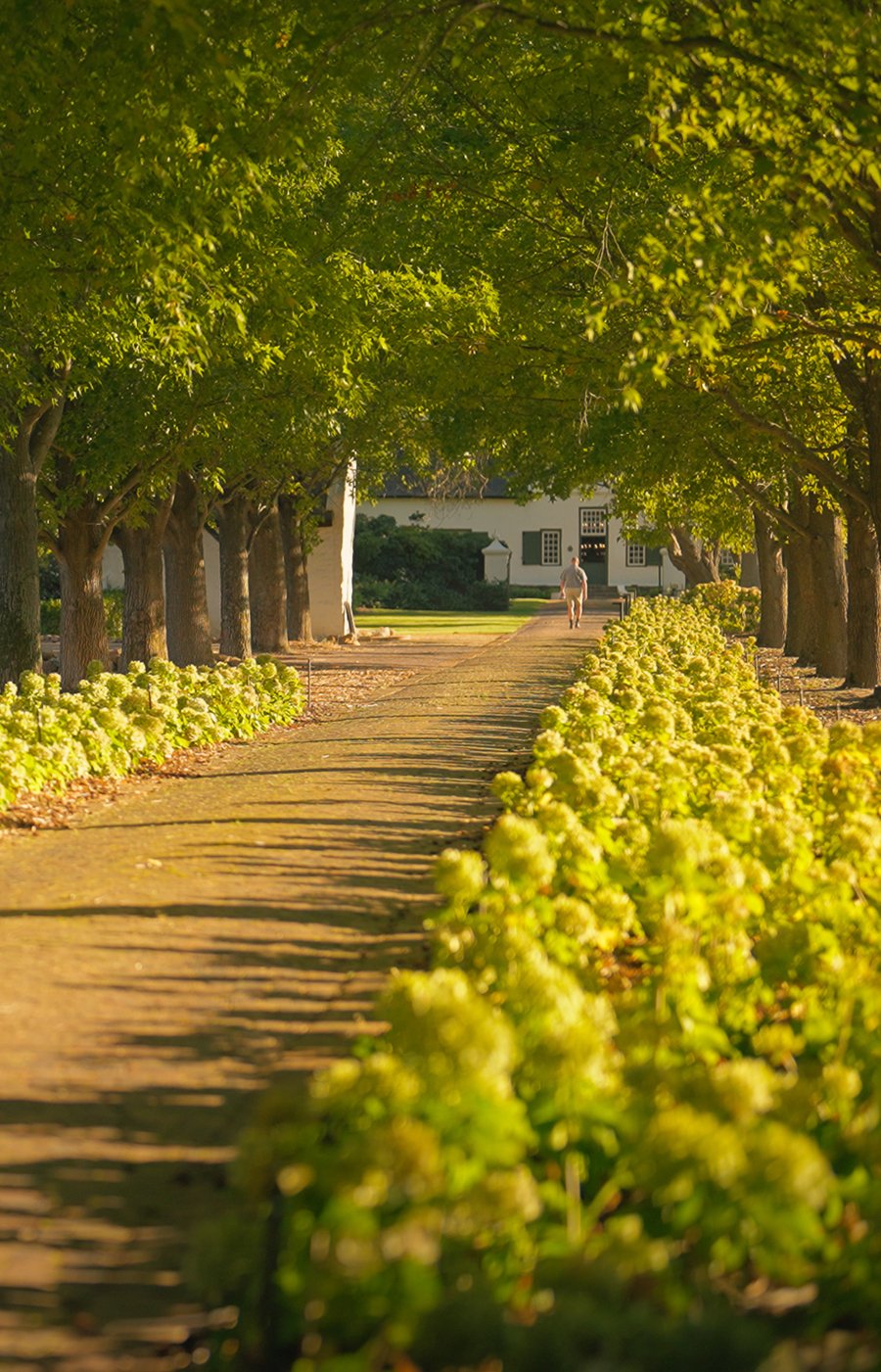THE BEE’S KNEES
The beauty (and versatility) of beeswax
In “A Guide to Honey”, a super informative article in JAN the Journal Volume 6 about the lives of bees and how they produce honey, my team and I grew a new appreciation for these little creatures. But we tend to forget that other byproduct of their daily goings-on that is just as incredible.

We’ve been using beeswax – a substance that is only produced when there is a flow of nectar – since prehistoric times, often as a lubricant or waterproofing agent, but it has also been used in lost wax casting of metals and glass over the ages. In a more domestic setting, it makes a great polish for both wood and leather, and is widely used in cosmetics, such as creams, lotions, ointments and balms, although its antibacterial properties make it a key ingredient in certain medicines.
Although beeswax had been used for making candles since ancient times – or, at least, used in combination with other fats, like olive oil, whale and tallow fat – it wasn’t until the Middle Ages that it became the most sought-after substance in the lighting trade, such as it was. Whether our noses had suddenly evolved to recognise burning animal fat as less than desirable, or whether the penny had finally dropped after a millennium is unclear, but Beeswax candles became the hot new thing.
Over the centuries that followed, however, beeswax continued to compete with tallow wax in the candle trade, until both were gradually pushed aside by whale fat, and eventually, at the dawn of the industrial age, paraffin wax. But in 1879, at the invention of the incandescent light bulb, the candle’s fate was sealed (in a manner of speaking). Or, at least, it rapidly went from everyday essential to something reserved only for special occasions or religious gatherings.
But therein lies the candle’s magic. When floating over a dinner table, its flame mesmerises – hypnotises even – transforming the atmosphere in the room to one of peace and comfort. We associate the sight of it with togetherness and good times. And when reaching into the layers of the past, a beeswax candle does more than create an atmosphere. It tells a story.
There are a few artisans that still practice this craft, one of whom I was very lucky to meet recently. One day, Charles van Falkenburg – who once designed websites for brands like Apple and Louis Vuitton – decided that he would move to Provence to shift down a gear, and to restore candle making to its former glory. Candles inspired soaps, and before he knew it, he had created a beautiful brand based entirely on the labours of our friend, the bee. There are not many things left in the material world that were genuinely made by the hands of passion, and out of respect for where things come from. But I could not go without my neighbourhood butcher, the baker around the corner, and now, the candlestick maker of Provence.
No products were found matching your selection.














